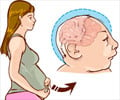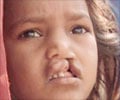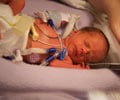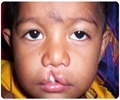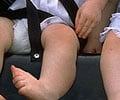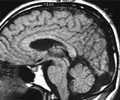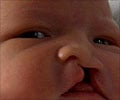Exposure to common herbicide, which is used in United States, increases the risk of congenital abnormality of the nasal cavity known as choanal atresia.
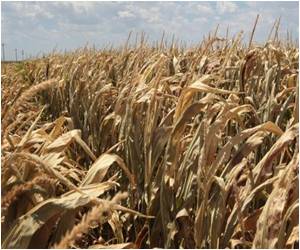
Choanal atresia is a disorder where the back of the nasal passage is blocked by tissue formed during fetal development. It is a rare condition but can be serious because it affects a baby’s ability to breath. It is typically treated through surgery.
Very few risk factors for choanal atresia have been identified, however chemicals that disrupt the maternal endocrine system may be associated with risk, according to Lupo. The study focused on atrazine, which is the most commonly used herbicide in the U.S. – especially in corn crops – and is believed to be an endocrine disrupter.
"Endocrine disrupters aren’t fully understood, but it is believed they interfere with or mimic certain hormones, thereby blocking their proper function and potentially leading to adverse outcomes," Lupo said.
The study found that mothers who lived in Texas counties with the highest levels of estimated atrazine application were 80 percent more likely to have children with choanal atresia or stenosis compared to women who lived in the counties with the lowest levels. Choanal stenosis is a less severe form of the condition.
Data for the study was collected from the Texas Birth Defects Registry.
Advertisement
Source-Eurekalert

